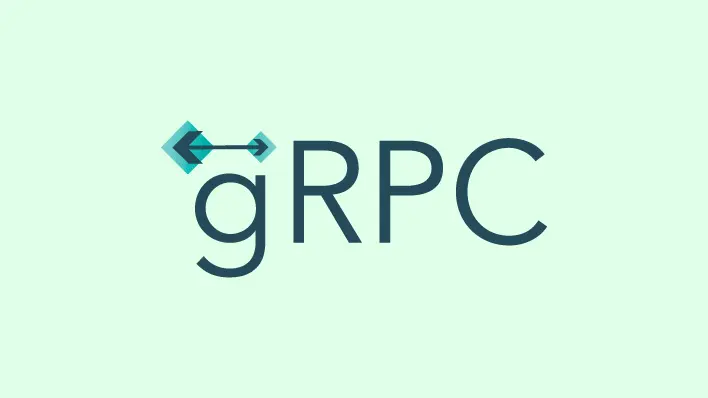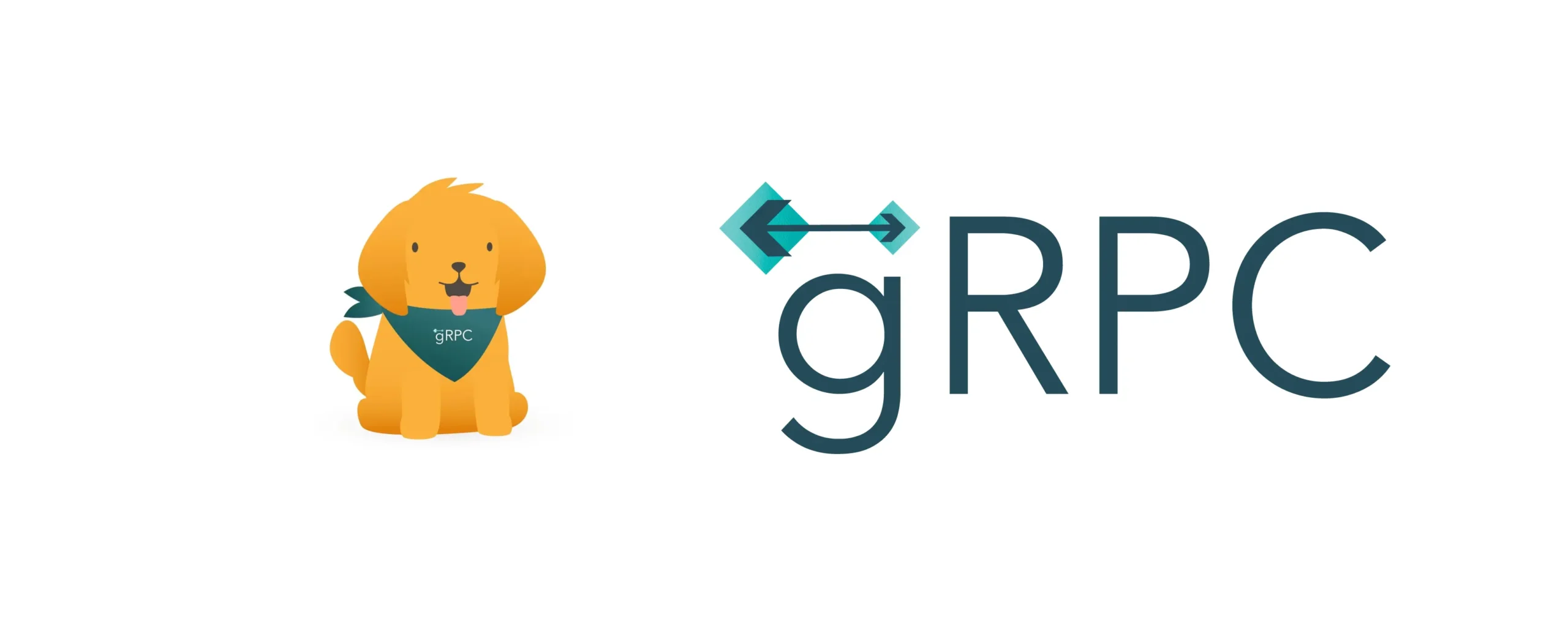gRPC, developed by Google, is an open-source, high-performance Remote Procedure Call (RPC) framework designed for a wide range of environments. It facilitates seamless connections between services, whether within data centers or across distributed systems. gRPC supports advanced features like load balancing, tracing, health checking, and authentication. It is also effective for connecting remote services, including mobile apps, to backend systems.
While the concept of RPC is not new, gRPC modernizes it by leveraging HTTP/2 and Protocol Buffers, quickly gaining popularity for its efficiency and versatility.

What is a Remote Procedure Call?
A Remote Procedure Call (RPC) is a method for client-server communication that allows a client to execute a procedure on a remote server as if it were a local function call. Here’s how it works:
- Client Request: The client sends a request message to the server to execute a specific procedure.
- Server Response: The server processes the request and sends back a response.
- Client Action: The client receives the response and proceeds with the next steps.
This process simplifies the interaction between clients and servers, essential for applications relying on remote data or functions.
Challenges with RPC:
- Abstraction Issues: RPC hides the communication details, creating ambiguity about client-server roles.
- Security Concerns: RPC may skip several protocol layers to enhance performance, potentially reducing security.
gRPC Overview
gRPC, initially thought to stand for “Google Remote Procedure Call,” is an advanced framework developed by Google to address the limitations of traditional RPC. Here’s what sets gRPC apart:
- Service Definition: gRPC uses a language-agnostic Interface Definition Language (IDL) to define services and generate language-specific bindings.
- Performance: gRPC optimizes communication by making the client believe the server is local, thanks to efficient serialization with Protocol Buffers.
Why gRPC Excels:
- Ease of Abstraction: gRPC simplifies the abstraction process.
- Language Support: It supports numerous programming languages.
- Performance: It’s optimized for high performance.
- Reliability: It’s more reliable and secure than traditional HTTP calls.
- Microservices: gRPC is particularly effective in microservices architectures.
What is a Microservice?
Microservices architecture breaks down applications into small, single-function modules that collaborate to create complex services. Each module communicates with others, making gRPC a perfect fit for this type of architecture.
Why gRPC is a Superior Communication Protocol:
- HTTP/2 Utilization: gRPC leverages HTTP/2 for multiplexing multiple requests and responses over a single connection, enhancing efficiency.
- Metadata: Instead of HTTP headers, gRPC uses metadata with key-value pairs.
- Streaming Support: gRPC supports server streaming, client streaming, and bidirectional streaming.
- Interceptors: Allows modification of requests and responses.
- Load Balancing: Built-in support for load balancing.
- Cancellation: Clients can cancel requests if no longer needed.
When to Use gRPC:
gRPC is ideal for applications built with microservices that need efficient and reliable inter-service communication. It supports a wide range of languages, ensuring compatibility with various projects.






